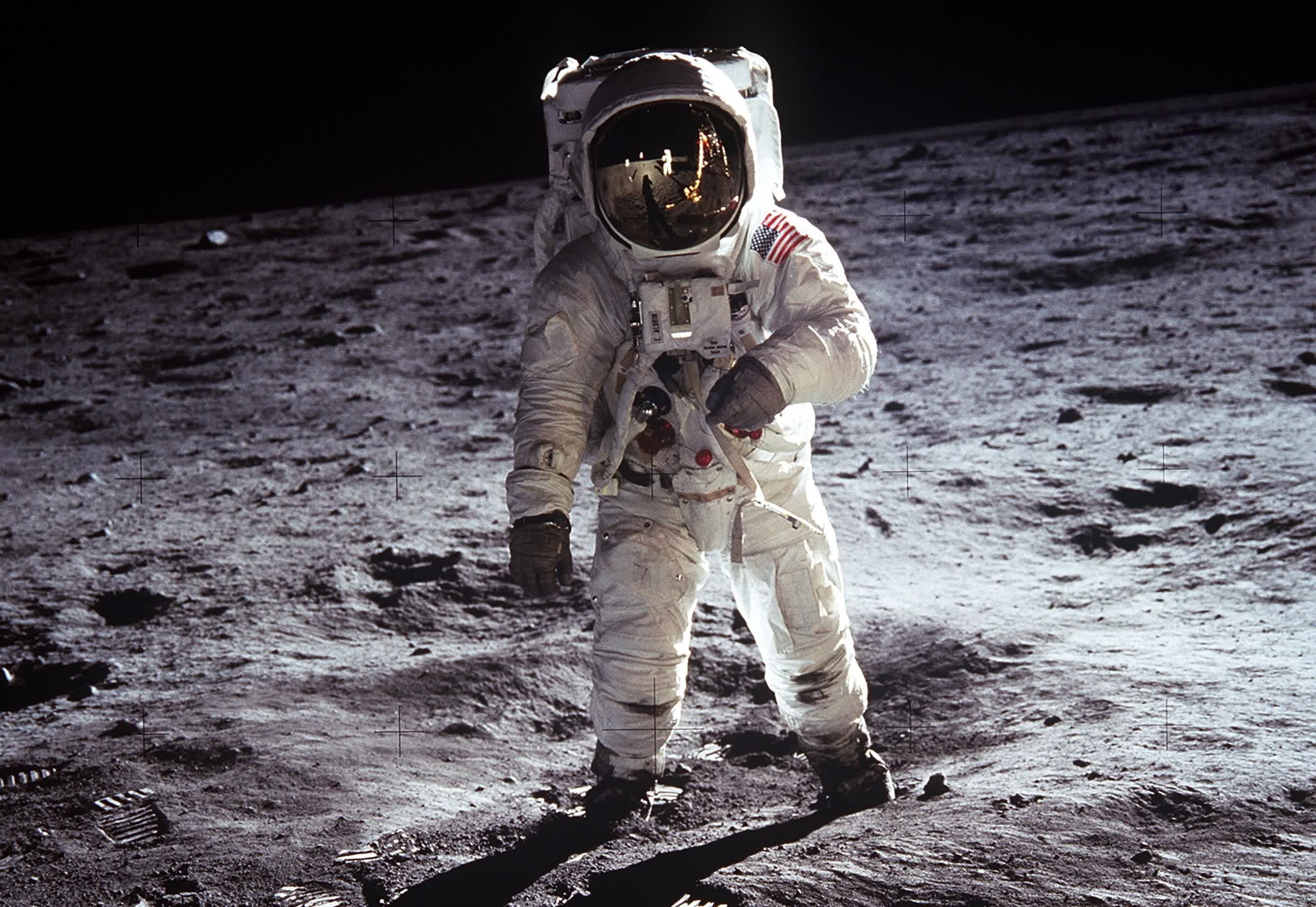Forward-looking: Nations around the world are increasingly thinking about our future in space, and not just jaunts to the Moon and back. Long-term colonies on the lunar surface and Mars are very well within reach but astronauts will need to contend with gravity - or a lack of it - before it becomes viable.
While many would welcome the opportunity to experience the reduced gravitational effects of an environment like the Moon or Mars, research has shown that it can have a negative impact on things like bone strength. We also don't know what sort of impact gravity would play on giving birth in space, or how a child raised in a low gravity environment would handle coming to Earth.
The Moon's gravitational force is about 16.6 percent that of Earth's; on Mars, it's closer to 38 percent of what you experience here on Earth.
To account for the differences, researchers and engineers from Kyoto University and Kajima Construction Co. have proposed an artificial gravity system to support humanity's space life. The residential facility would generate gravity using centrifugal forces.
The cylindrical architecture will measure 100 meters wide and up to 400 meters tall (328 feet wide and 1,312 feet wide). It'll complete a full rotation once every 20 seconds and generate 1G of gravity where the radius is the largest, which is equivalent to what is experienced on Earth.
The team is also thinking about creating core biomes and is even considering a high-speed, interplanetary transportation system that would allow passengers to move between Earth, the Moon and Mars.
Researchers still have plenty of time to hammer out the details and work on funding considering they don't expect colonization efforts to become a reality until the latter half of the 21st century.
Image credit: Pixabay
